
This is the next stage - linked to a previous walk - along the southern section of the Taff Trail. Because this section was always likely to be a linear walk it was to commence (......and end) using public transport with a bus to Aberfan to pick up the start of the walk (.....where the first section ended) at the Community Centre.
Within a few hundred yards of joining this southern bound section the cemetery, with the headstones of the 116 children who tragically lost their young lives in the disaster that engulfed the village forty four years ago, are clearly visible from the trail.

You soon start to leave the urban sprawl of Aberfan and Merthyr Vale and return to the delightful woodland, which at this time of the year is showing its true autumnal colours.

You switch back through an underpass beneath the A470 and for the next few miles the trail runs parallel with the main trunk road, as the vehicles hurtle past at 70 mph. Surely, life is too short to rush everywhere and not enjoy the natural surroundings.
Leaving the path for a brief de-tour, a walk to the 'Giant's Bite' above Edwardsville could also be included in the trek. However, at this point the trail returns back under the A470 and shortly arrives at the quirky Pontygwaith Bridge. The camber on this is incredibly steep and would have been extremely difficult to navigate in a car. An episode of the BBC series 'Merlin' was filmed under the bridge.

Pontygwaith (in English means "Bridge of the Ironworks") was previously a small village where a Sussex Ironmaster named Anthony Morley set up a small ironworks in 1583. There is little of the original village remaining today, which was inhabited and continued to exist until approximately 1977, as a terrace of ten houses and a farm.
After crossing the River Taff to the Merthyr Vale side of the valley you now enter the Pontygwaith Nature Reserve, located on land owned by Taff Bargoed Fishing Club.

The trail now follows the historic tramroad along which the first steam locomotive in the world made its debut journey. In 1804, Cornishman Richard Trevithick adapted the design of his high pressure steam engine to build the first full scale steam locomotive.
 Samuel Homfray (a local ironmaster) was so impressed with Trevithick's locomotive that he made a bet with another ironmaster, Richard Crawshay, for 500 guineas that Trevithick's steam locomotive could haul 10 tons of iron along the Merthyr Tydfil Tramroad from Penydarren to Abercynon, a distance of 9.75 miles (16 km). Amid great interest from the public, on 21 February 1804 it successfully carried 10 tons of iron, 5 wagons and 70 men the full distance in 4 hours and 5 minutes, an average speed of approximately 2.4 mph (3.9 km/h)
Samuel Homfray (a local ironmaster) was so impressed with Trevithick's locomotive that he made a bet with another ironmaster, Richard Crawshay, for 500 guineas that Trevithick's steam locomotive could haul 10 tons of iron along the Merthyr Tydfil Tramroad from Penydarren to Abercynon, a distance of 9.75 miles (16 km). Amid great interest from the public, on 21 February 1804 it successfully carried 10 tons of iron, 5 wagons and 70 men the full distance in 4 hours and 5 minutes, an average speed of approximately 2.4 mph (3.9 km/h) The nature reserve, where herons, otters, foxes and kingfisher can be seen, must be a twitchers delight with the large number of native British birds that were seen during this brief section.
The nature reserve, where herons, otters, foxes and kingfisher can be seen, must be a twitchers delight with the large number of native British birds that were seen during this brief section.Climbing a bank to leave the trail the path crosses the railway track and leads to the northern end of Quakers Yard station, where the use of public transport continued with a return to Rhydycar on an Arriva train, that was right on time!

The walk was 3.4 miles and took just over an hour to complete. Again the terrain was easy underfoot with only two minor ascents. All of the photographs taken on this walk can be viewed here. Select 'slide-show' for automated viewing.










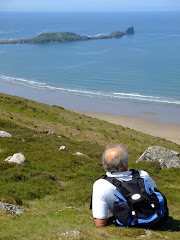


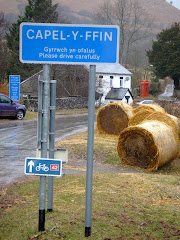
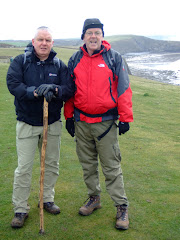


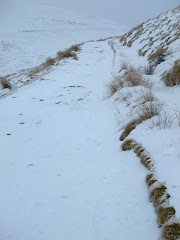


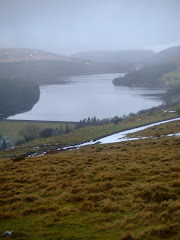





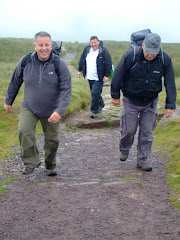








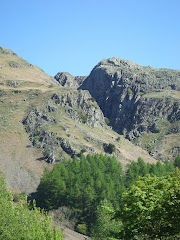
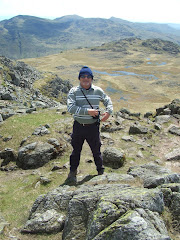
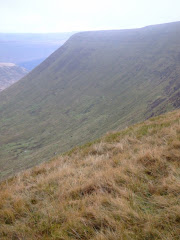

No comments:
Post a Comment